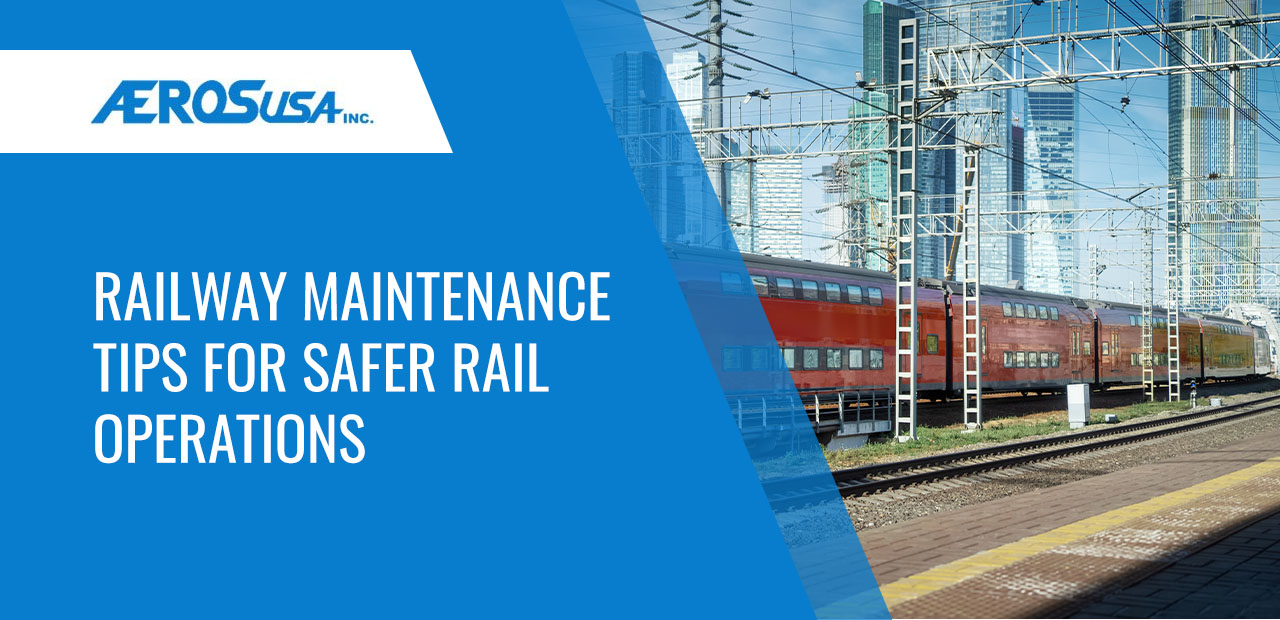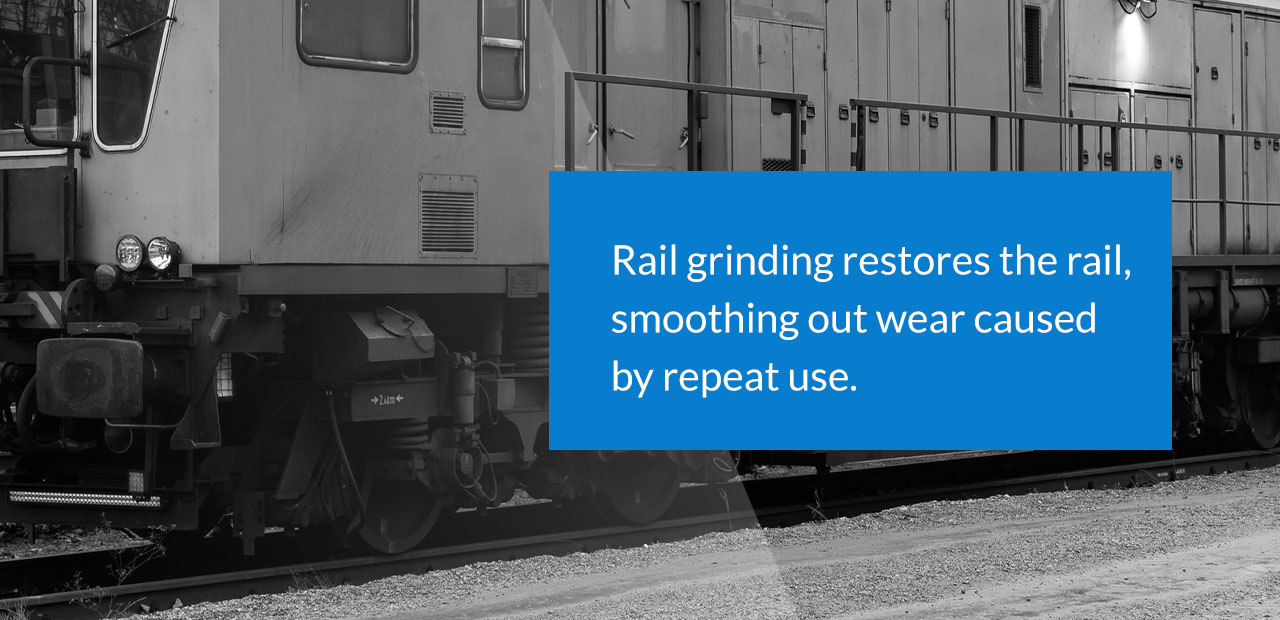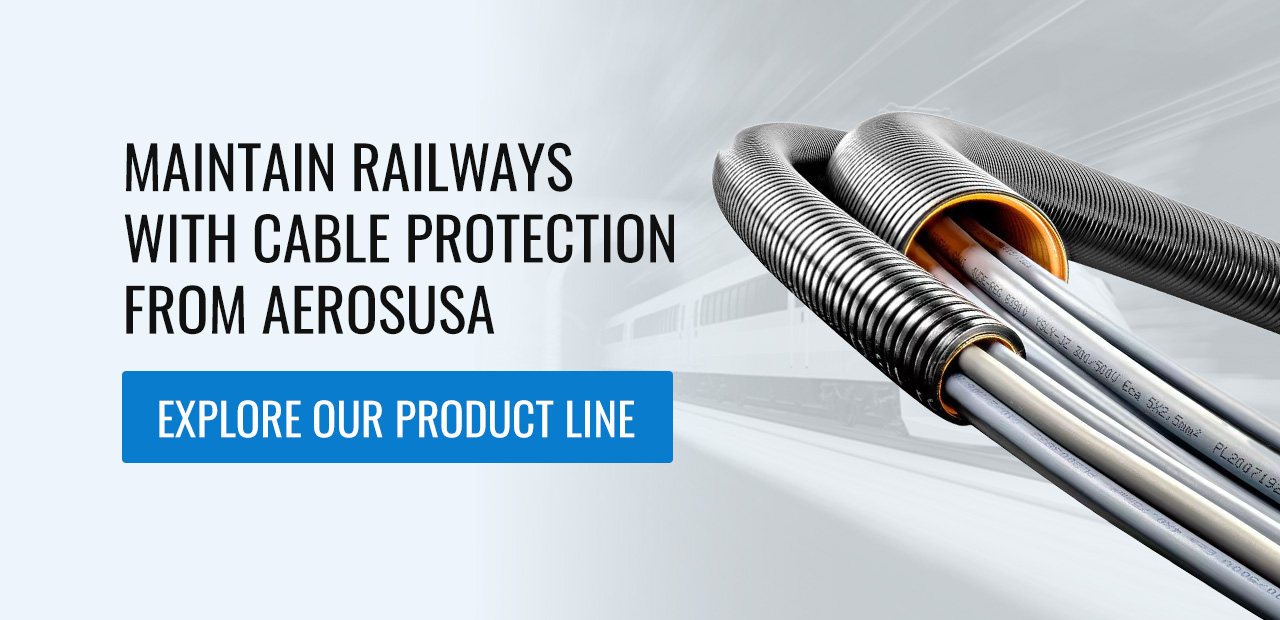
Railways are vital for supporting our industries and economy. They provide critical transportation across the world, connecting people and goods. With so many groups relying on trains, keeping them well-maintained is essential. Transportation groups must prioritize upkeep to prevent costly downtime and hazardous conditions. Follow these rail maintenance tips to protect your operation.
Table of Contents
1. Schedule Route Inspections
Regular inspections are the backbone of any railway maintenance plan. Your organization must establish a schedule for inspecting all rail components. Look at tracks, switches and signals for wear or corrosion. Everyone on the team must know how to inspect railways and identify areas that need addressing.
Scheduling route inspections keeps your team ahead of unexpected downtime. When wear and tear goes unchecked, it quickly becomes a major problem. With regular inspections, you’ll catch issues before they cause downtime and unexpected safety incidents. Consider investing in tools like ultrasonic testing or ground-penetrating radar to find hidden issues faster.
2. Invest in Cable Protection
If inspections are the backbone, electric cables are the nervous system of modern rail systems. The power communication, signaling and automation industries all rely on cables to keep trains operating safely.
While electric cables are durable, they see constant harsh environmental conditions. Vibrations, weathering and mechanical stress wear down cables over time. Eventually, they can become damaged, compromising railways. Invest in rail cable protection measures with conduits made to last. These conduits are specifically engineered to deliver long-term performance and strength. They come in high-voltage and other options to meet your industry demands. Replace them when you see wear to protect train transportation.
3. Use Predictive Maintenance
Predictive maintenance tools are an advanced strategy for dealing with rail maintenance. Sensors and artificial intelligence (AI) analytics monitor equipment health, working continuously to deliver real-time data on wear and performance.
As components decline, predictive tools alert your maintenance team. They’ll address detected issues before they can lead to failures. The predictive approach saves costs by preventing downtime and extending equipment life.
4. Clean Tracks and Components
Railway tracks are exposed to the elements year-round. Debris, plants and dirt buildup can all interfere with operations. Clean all equipment as part of your railway maintenance. Regular cleaning routines remove buildup and obstructions, letting trains run smoothly. Specialized cleaning machines make this task faster and more thorough, reducing maintenance times.
5. Grind Rails
Constant train movement wears down rails. Over time, this wear and tear creates unevenness and imperfections along the tracks. Additionally, excessive wear creates a bumpy ride, impacting passenger comfort and even damaging cargo during transit.

Rail grinding restores the rail, smoothing out wear caused by repeat use. Combine rail grinding equipment and rail joint welding to keep your railways smooth and safe.
6. Monitor the Weather
Weather can quickly block railways and cause severe structural damage. Your operation should monitor the weather closely and make preparations for any inconvenient events. Too much exposure to extreme temperatures, freeze-thaw cycles and heavy rainfall can lead to degradation and deformation. You must invest in preventive measures to combat weather events. Use drainage systems, ballast materials and well-maintained track slopes to minimize weather-related damage.
7. Train Maintenance Teams
A well-trained team is essential for effective maintenance. Without training, teams might miss critical damage signs or fail to maintain equipment thoroughly. Set your teams up with detailed training to help them master rail and rail vehicle maintenance. Then, provide ongoing training on the latest tools, techniques and safety protocols to ensure they’re always updated. The more knowledgeable your team is, the better they’ll be at addressing problems.
Why Proactive Railway Maintenance Is Important
Proactive maintenance keeps your railways reliable and safe without slowing operations down. The earlier you detect and solve problems, the more accidents and delays you’ll stop. Invest in proactive maintenance to enjoy these benefits:
- Better safety: Damaged parts and malfunctioning systems risk user and cargo safety. Left unchecked, you could see legal action and safety issues. Regular maintenance reduces equipment failures and derailments, protecting rail operations.
- Higher cost savings: Waiting for issues to occur is more expensive than you might think. Emergency repairs and downtime mean unexpected expenses. Proactive maintenance minimizes unplanned costs and extends your equipment’s life, providing significant long-term savings.
- Improved efficiency: Rail systems rely on precise component synchronization to succeed. Better maintenance lets signaling systems and tracks work together smoothly, making your operation more efficient.
- Regular compliance: Rail operators are subject to strict safety and environmental regulations. Proactive maintenance ensures compliance, reducing the risk of fines and legal issues. Following regulations around safety and condition protects your operation’s reputation and maintains trust with the public.
- Increased sustainability: Proactive maintenance also minimizes environmental impact by reducing energy consumption and emissions. Well-maintained infrastructure means smoother train operations. The fewer trains have to work to travel, the lower their emissions and fuel costs. If you address issues early, you’ll also prevent hazards like fuel or oil leaks.
How to Improve Railway Cable Protection
Cable protection is integral to maintaining and improving rail operations. Without quality cables, communication and power systems are slower and more likely to fail. Get your cables ready for stressful environments with these measures:
- High-quality conduits: Invest in cable protection solutions designed to handle rail stresses. Conduits come with resistance to chemicals, ultraviolet exposure and abrasion, keeping cables reliable indoors and outdoors. With the right protection, you can ensure your cables last longer and are easier to maintain.
- Proper installation: Proper installation is also essential. Poorly installed cables are more likely to fail or experience extra wear. Look for easy-to-install cable solutions to reduce labor costs and protect operations. Combine this with effective training so your teams can perform installations correctly.
- Routine inspections: Go one step further with cable protection using regular maintenance. Even the best cables need inspection. The sooner you find and correct cable issues, the safer your railways will be.
- Flexible designs: Cable protection is always evolving. Stay proactive with the latest innovations and look for flexible cable designs. Modern cables with adaptable designs work with your changing needs while remaining compatible with the latest technology.

Maintain Railways With Cable Protection From AerosUSA
Good rail maintenance starts with high-quality products. AerosUSA has the cable protection products you need to ensure lasting effectiveness. Our extensive range of conduits, connectors and accessories delivers unmatched performance across the transportation, robotics and factory automation industries.
AerosUSA’s products feature world-class certifications, high UV resistance, flame-retardant properties and superior flexibility. They’re ideal for demanding environments. With high-impact durability and advanced sealing, our cables are protected against dust and water.
We pride ourselves on exceptional products and services. From quick-turn deliveries to customer-designed solutions, we provide support tailored to your needs. Explore our product line today and discover cable protection solutions that work as hard as you do!

